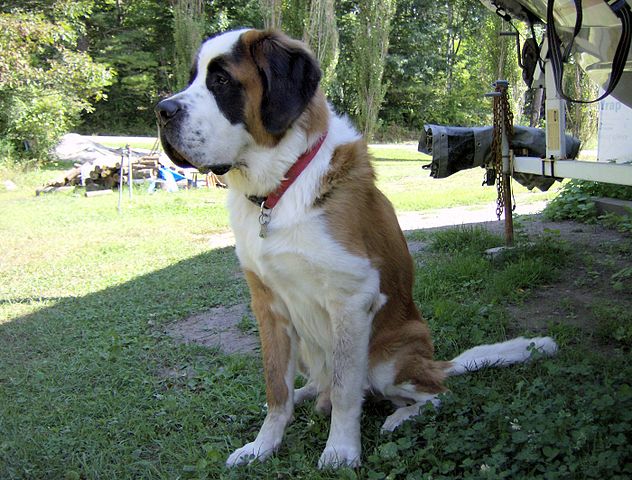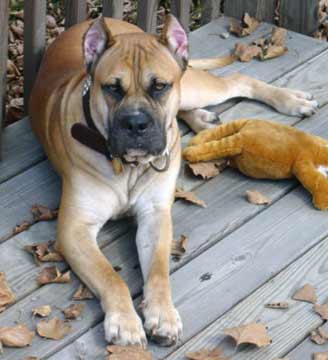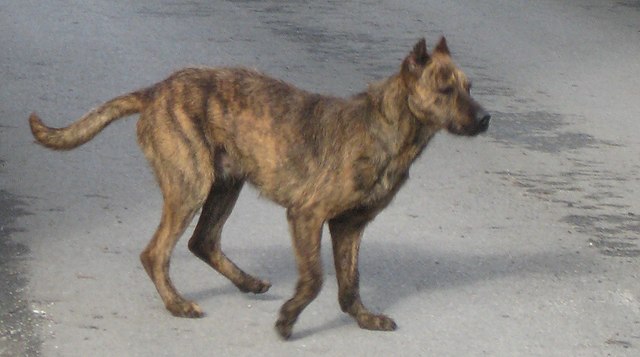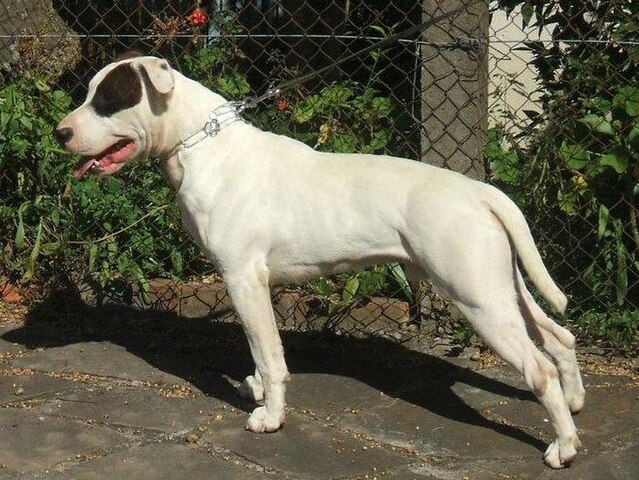The Saint Bernard, in all his giant glory, is truly a stunning sight to behold! These gentle giants make loving companions for those who have the money, strength and living space to take care of one of these huge dogs. Remember before you buy that teddy-bear-like puppy that you will be buying a dog who may end up being the same size as you (males can reach 180 pounds)! A common reason for Saints to end up in rescue was the owner not realizing how big a commitment their size would actually be. Researching a breed before buying is so important.
Saints also shed… a lot. Although they come in two coat types, rough and smooth – both varieties of dog will leave hair clumps throughout the house. Between this and their propensity to drool, they do not make good matches for neat freaks! Although some breeders claim that their dogs are “dry-mouthed” and therefore not prone to slobber, this is rarely ever the case. The dogs might drool less, but they will still drool. When it comes to grooming – although both coats will need regular care, the smooth variety is a little easier to maintain. Interestingly enough, all Saint Bernards used to be short-haired but Monks from Switzerland used Newfoundlands to introduce new bloodlines and that gave us the longhaired dogs seen today!
Saint Bernards are not as active as many other breeds of dog and therefore do not eat as much food as one might think. Plan on feeding about the same amount as you might feed a large breed. Although younger dogs might eat more while they are still growing, it normally evens out as they get older. Saints can take up to 3 years to fully mature. Because of their fairly sedentary nature, the breed doesn’t require huge tracts of land to live on. They will be happy and well-exercised as long as they are provided with walks and enough space to stretch their legs at least once a day.
The Saint is usually excellent with children. Most are very gentle and patient – even playful – leading to many people referring to them as “nanny dogs”. Although this may sound great, it is never suggested to leave a dog unsupervised alone with small kids. Furthermore make sure the kids don’t take advantage of the dog’s good nature, as that’s just not fair for the dog. Bullying or teasing should never be allowed. 
Because the Saint Bernard will grow into a giant dog, obedience training must be a priority! It is much, much better to start while the dog is still a puppy rather than waiting until he might be able to overpower you. Luckily, unlike some molosser-type breeds, the Saint does not tend toward being dominant and instead takes very easily to training. Use his inquisitive nature to grab and hold his interest!
Many Saints make good watchdogs as they will bark to alert when people come near the house, but his jovial nature does not lend to him actually guarding the house. Very friendly with strangers, most are just excited to meet someone new – regardless of whether or not the person is a friend or a burglar. This said, if an owner is being outright threatened, some Saints will defend the person they love. All in all, they have stable temperaments but are usually enough of a size deterrent to keep most criminals away.
Saint Bernards, although developed in the cold region of Switzerland, are able to live in most climates as long as their needs are met. Keeping the coat brushed out to provide them insulation and air-flow to the skin, and making sure they always have access to shade and water, are two ways to keep them happy in warmer weather. It is also very important to never put them in a situation where they go from one temperature extreme into another – they need a bit of adjusting time. Keeping a Saint safe in hot temperatures as well as lowering a Saint’s risk for bloat (a condition wherein the stomach fills with gas) are the two major health goals an owner needs to be aware of with this breed. Although they are generally healthy otherwise, these two factors must be monitored. As with most giant breeds, be aware that the lifespan of a healthy Saint Bernard is 8-10.



